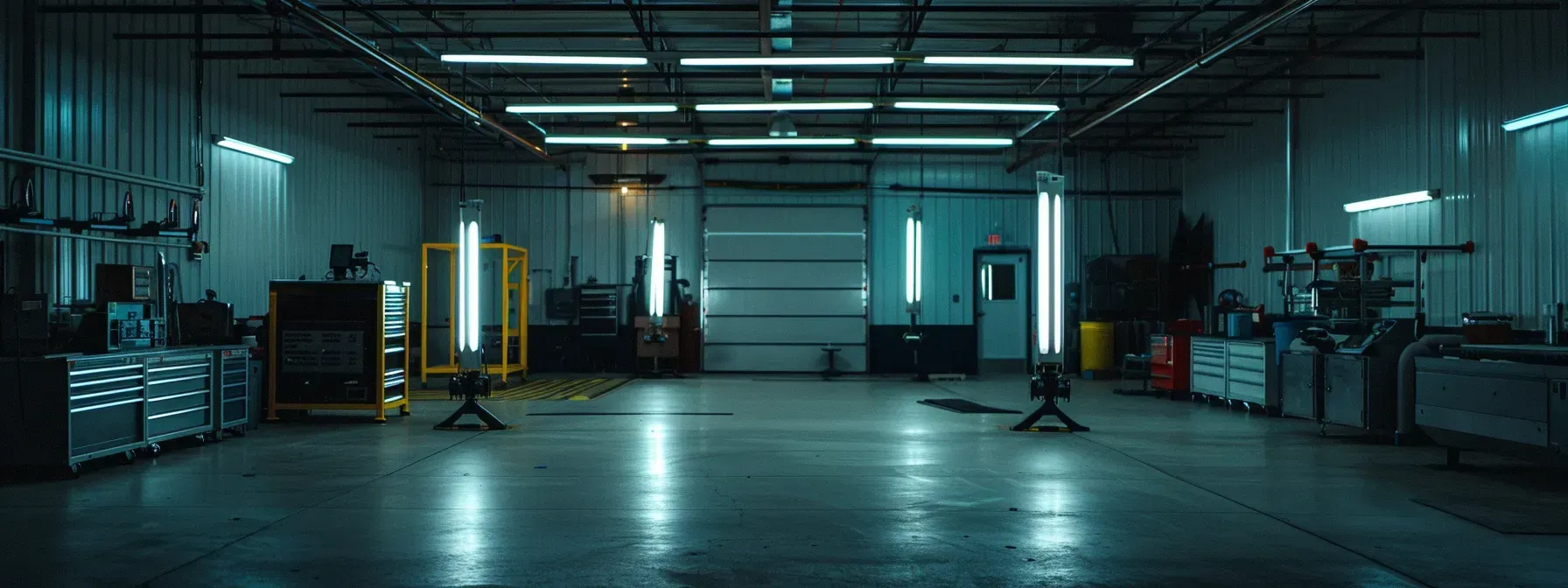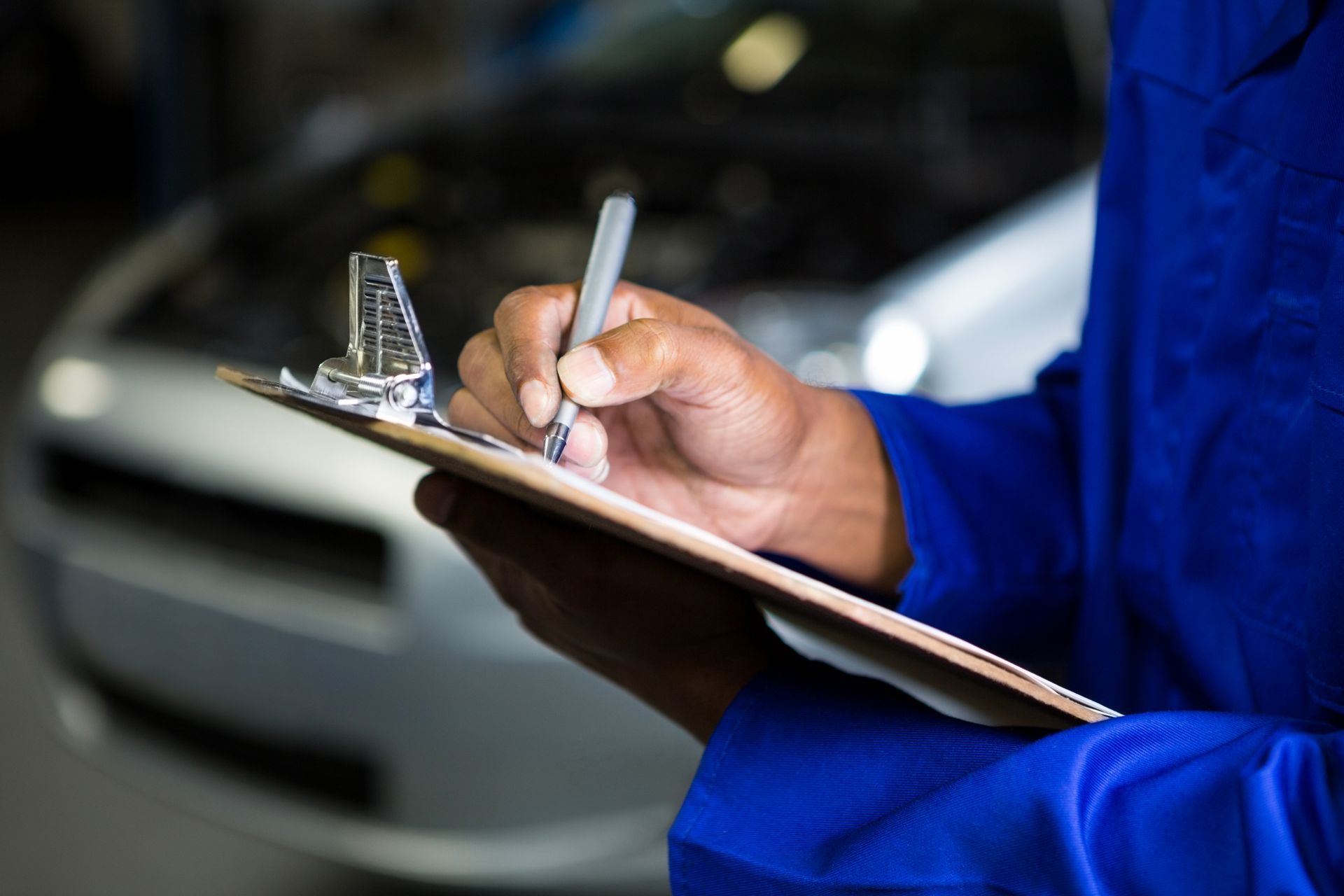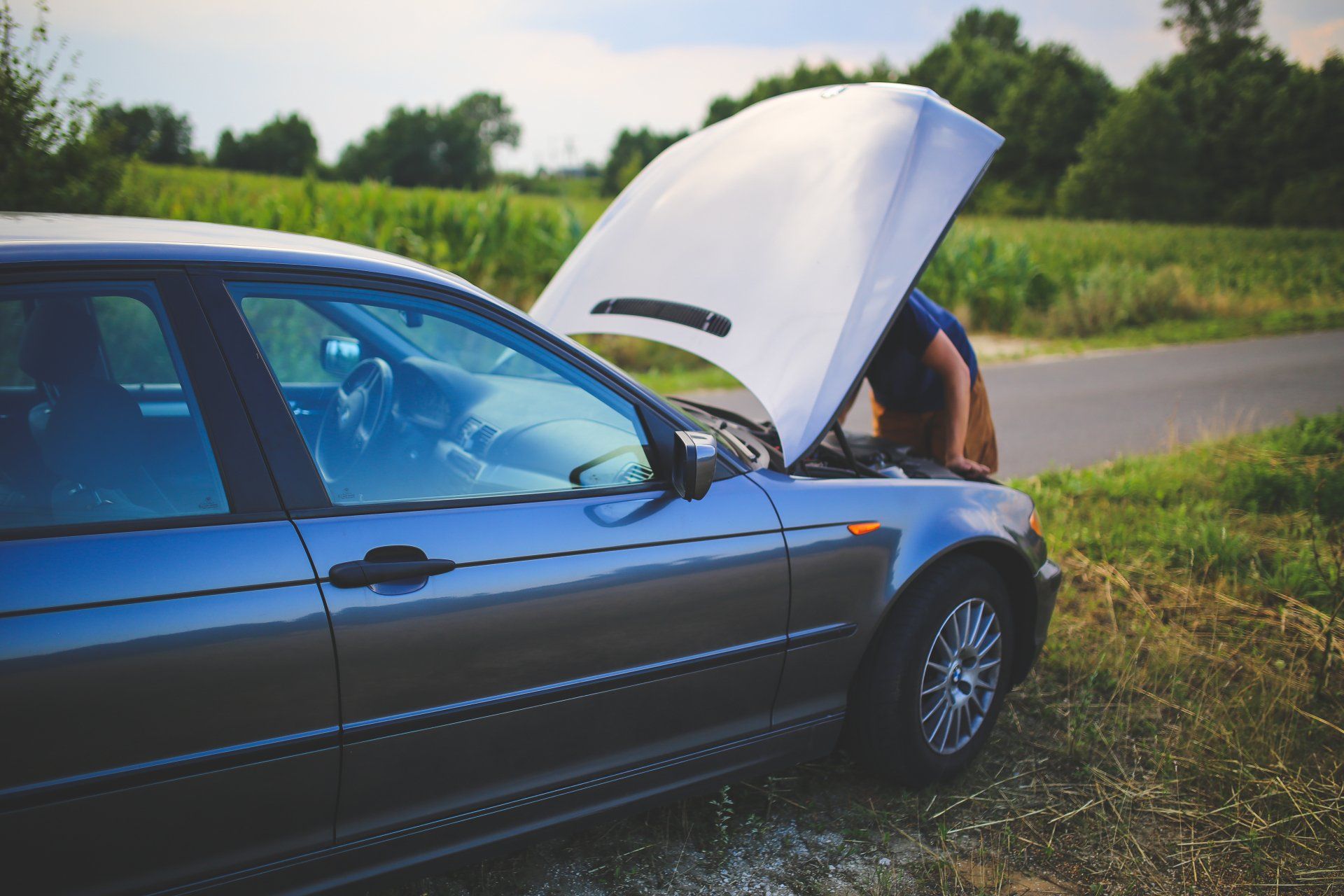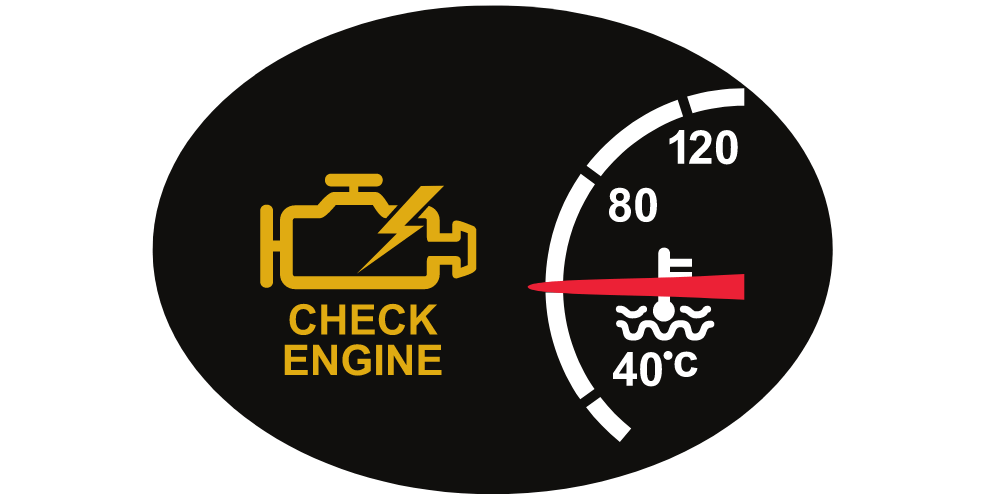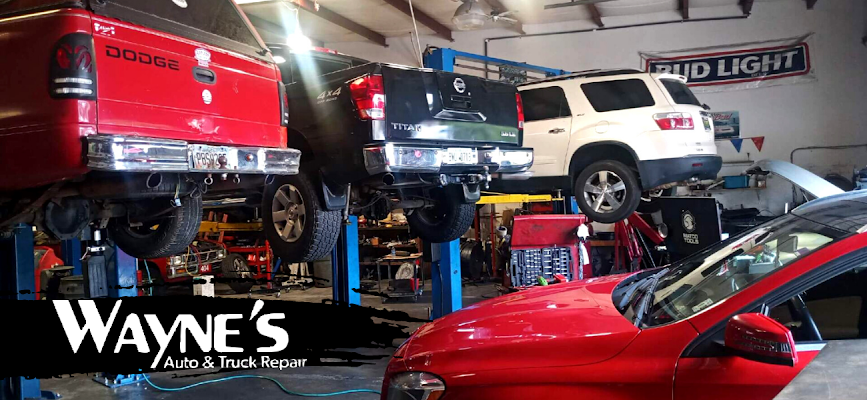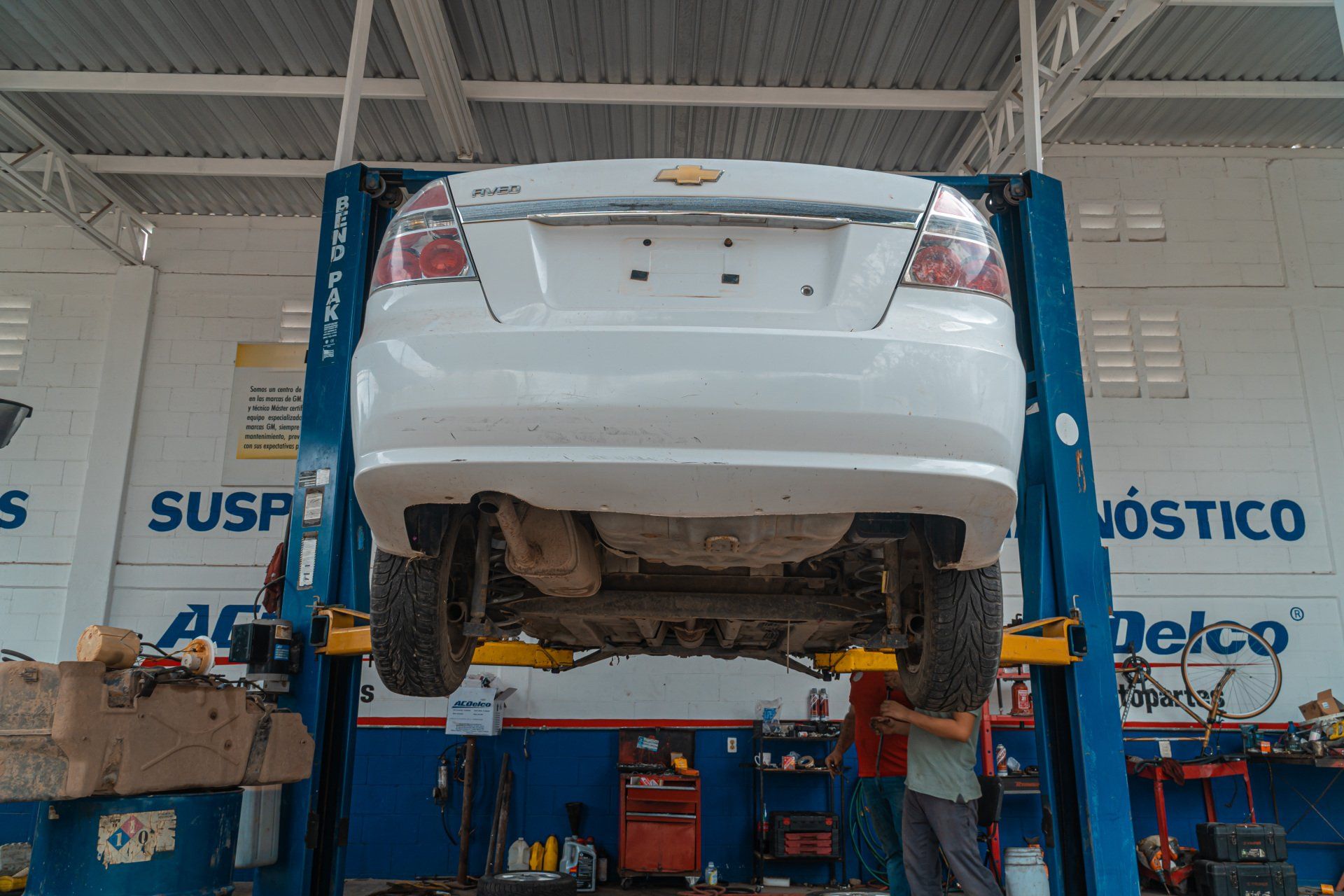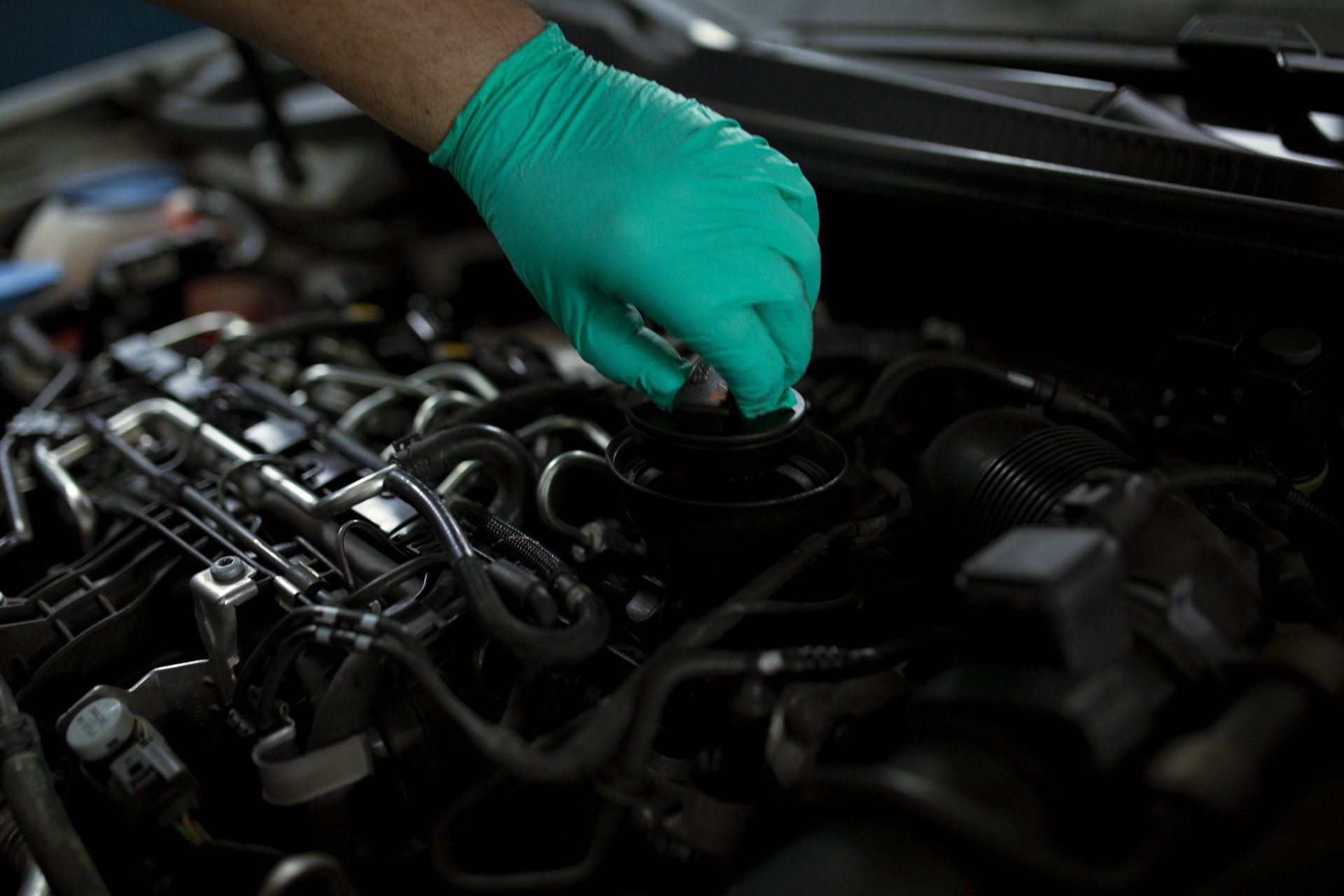5 DIY Car Repairs You Can Safely Do at Home
Car ownership comes with responsibilities, one of which is maintaining its condition. While some tasks require the touch of an auto repair shop, there are plenty that you can safely and confidently tackle from the comfort of your own garage. By doing so, you'll not only save some cash, but you'll also gain a greater understanding of your vehicle. Here, we'll walk you through five DIY car repairs you can handle at home:
1. Swapping Out Your Windshield Wipers
Why It's Important:
Windshield wipers are essential for maintaining visibility during rainy or snowy conditions. Over time, they can wear down, leaving streaks or failing to clear water effectively.
DIY Steps:
- Buy wipers that are compatible with your vehicle's make and model.
- Lift the wiper arm away from the windshield.
- Unclip the old wiper blade and slide it out.
- Slide the new wiper blade in until it clicks into place.
- Lower the wiper arm gently back onto the windshield.
Pro Tip: Always replace wipers in pairs, even if only one is showing signs of wear.
2. Changing Your Air Filter
Why It's Important:
A clean air filter ensures that your engine gets the optimal amount of air, improving performance and fuel efficiency by
as much as 14%.
DIY Steps:
- Locate the air filter box under your car's hood.
- Open the box and remove the old filter.
- Check the old filter. If it's dark and full of debris, it's time for a change.
- Insert the new filter, ensuring it sits flat and seals properly.
- Close the air filter box securely.
Pro Tip: While you're at it, consider checking the cabin air filter as well. It ensures that you're breathing clean air inside the car.
3. Checking and Replacing Your Spark Plugs
Why It's Important:
Spark plugs ignite the air-fuel mixture in your engine. Faulty plugs can cause misfires, reduced fuel efficiency, and decreased performance.
DIY Steps:
- Locate the spark plugs in your engine (refer to your vehicle’s manual).
- Using a spark plug socket, carefully remove the plug.
- Inspect for wear, carbon buildup, or damage.
- If needed, replace it with a new spark plug, ensuring it's gapped correctly.
- Reattach the spark plug wire.
Pro Tip: While it's possible to clean mildly dirty spark plugs, replacing worn-out ones is often the best choice.
4. Replacing Your Battery
Why It's Important:
Your battery powers all the electrical components in your car. An old or weak battery can leave you stranded.
DIY Steps:
- Ensure the vehicle is off.
- Using wrenches, disconnect the negative (-) terminal, followed by the positive (+) terminal.
- Remove the battery clamp or strap.
- Lift out the old battery (be cautious, it’s heavy!).
- Place the new battery in, reattach the clamp, and connect the positive terminal, followed by the negative.
- Ensure all connections are tight.
Pro Tip: Occasionally cleaning the battery terminals with a brush and a mixture of baking soda and water can prevent corrosion and prolong battery life.
5. Changing Your Oil and Oil Filter
Why It's Important:
Fresh oil reduces friction, ensuring your engine runs smoothly and efficiently.
DIY Steps:
- Elevate your car safely using ramps or jacks.
- Place an oil drain pan under the oil pan.
- Remove the drain plug to let the old oil flow out.
- Once drained, remove the old oil filter with an oil filter wrench.
- Install the new filter and replace the drain plug.
- Pour in the new oil using a funnel.
- Check the oil level with a dipstick.
Pro Tip: To maintain engine efficiency, consider using high-quality synthetic oil. While it might be pricier, it offers better lubrication and lasts longer.
Ready to Dive Into DIY? Equip Yourself!
If you’re keen on getting your hands a little greasy, consider building a basic car repair toolkit. This should include wrenches, screwdrivers, a jack, gloves, safety glasses, and rags. Always prioritize safety: use gloves, ensure the car is stable when elevated, and work in a well-ventilated area.
When in Doubt, Reach Out
While these tasks are designed for DIYers, some are best left to auto repair professionals. If you're ever unsure about any of the repairs mentioned or if you run into more complicated issues, Wayne's Auto & Truck Repair is just a call away. Our certified mechanics are equipped with the skills and tools to ensure your car gets the attention it deserves. Experience the pinnacle of auto care in Duluth and ensure smooth journeys. Contact us today!
